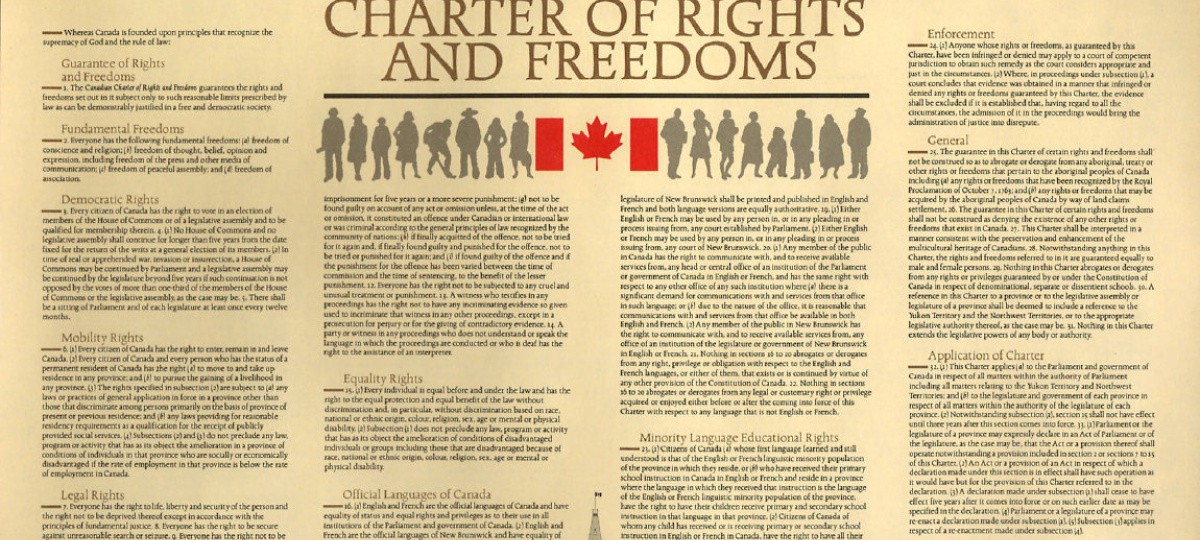1.5 – Why didn’t anybody stop her?
Your task is to take the story about how evil comes into the world, from King’s text, and change it to tell it. First, learn the story by heart, and then tell the story to your friends and family. When you are finished, post a blog with your version of the story and some commentary on what you discovered. If you want, you can post a video of you telling the story, in place of text.
I decided to retell my version and try to keep it as close to the original as possible, as a type of “telephone game” experiment. My hopes were to see the subtle changes I made to the story through misremembering and put oral tradition into practice. Here is the version I told to my girlfriend Shannon and my friend Jack:
So did you know that there wasn’t always evil in the world? It came here one day. It was a long time ago when the world didn’t really look like it does now. You probably heard that man brought evil into the world, or God, or something like that. But it was actually witches.
A big group of them gathered, from all over the world, and held a competition. The competition was to see who could tell the scariest story or make the scariest potion. There were some good ones that everyone was entertained by and they were all having a good time. Finally, after almost everyone had had a turn, a witch that no one recognized came forward from the shadows. She told a story that made everyone fall silent and listen with awe and intent. It was the most terrifying thing they had ever heard. She spoke of murder and vengeance and said words they had never heard but instantly knew.
When she was done, there was no applause or cheering but only silence. Solemnly, the other witches agreed that she had won the prize. They told her that she had done a good job, too good some said. But they said that they didn’t want the story anymore. They asked her to take it back but she couldn’t. Now that the story had been told there was no way it could be untold. And that is how evil entered the world.
Shannon:
You want my reaction? Well how did that witch find out about evil? Was it Satan? Was she a demon witch? Kind of like a metaphor for the tree of knowledge of good and evil. Once you lose innocence you can’t get it back. It’s gonezo. Really, to call something evil is trivial. We just attach moral sentiment to it.
Jack:
Man, fuck that witch. Why didn’t anybody stop her? At least if someone stopped her halfway through there would only be half the amount of evil in the world. Like, maybe we’d still have murder but rape wouldn’t be a thing. Or maybe we’d still have betrayal but no one would ever step on a Lego. I’d be okay with that trade-off.
In review, this exercise revealed a lot more than I thought. Going back and reading the story again, I see that there is a lot of missed and some things that I even changed. Hearing Shannon’s reaction’s showed an initially Christian-centric viewpoint and understanding of the story but evolved into something more human. Jack was hilarious and hit on some interesting points that certainly provoke thought.


